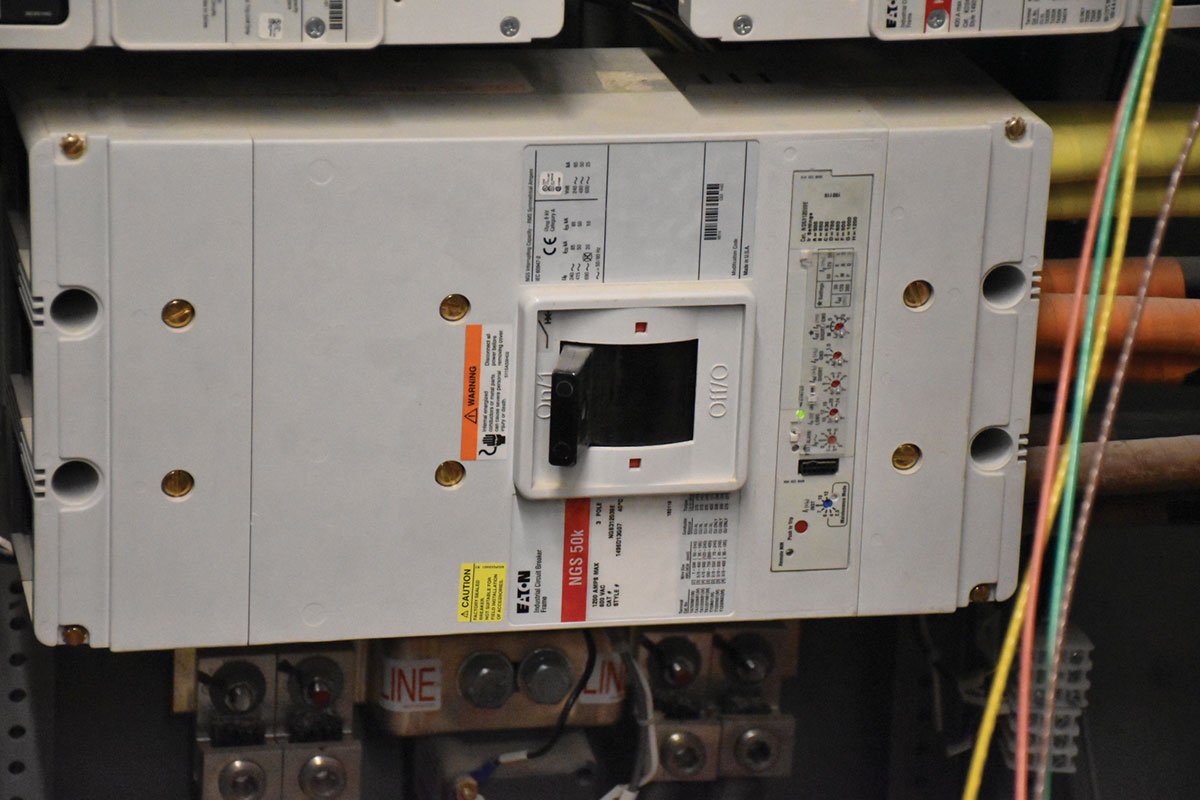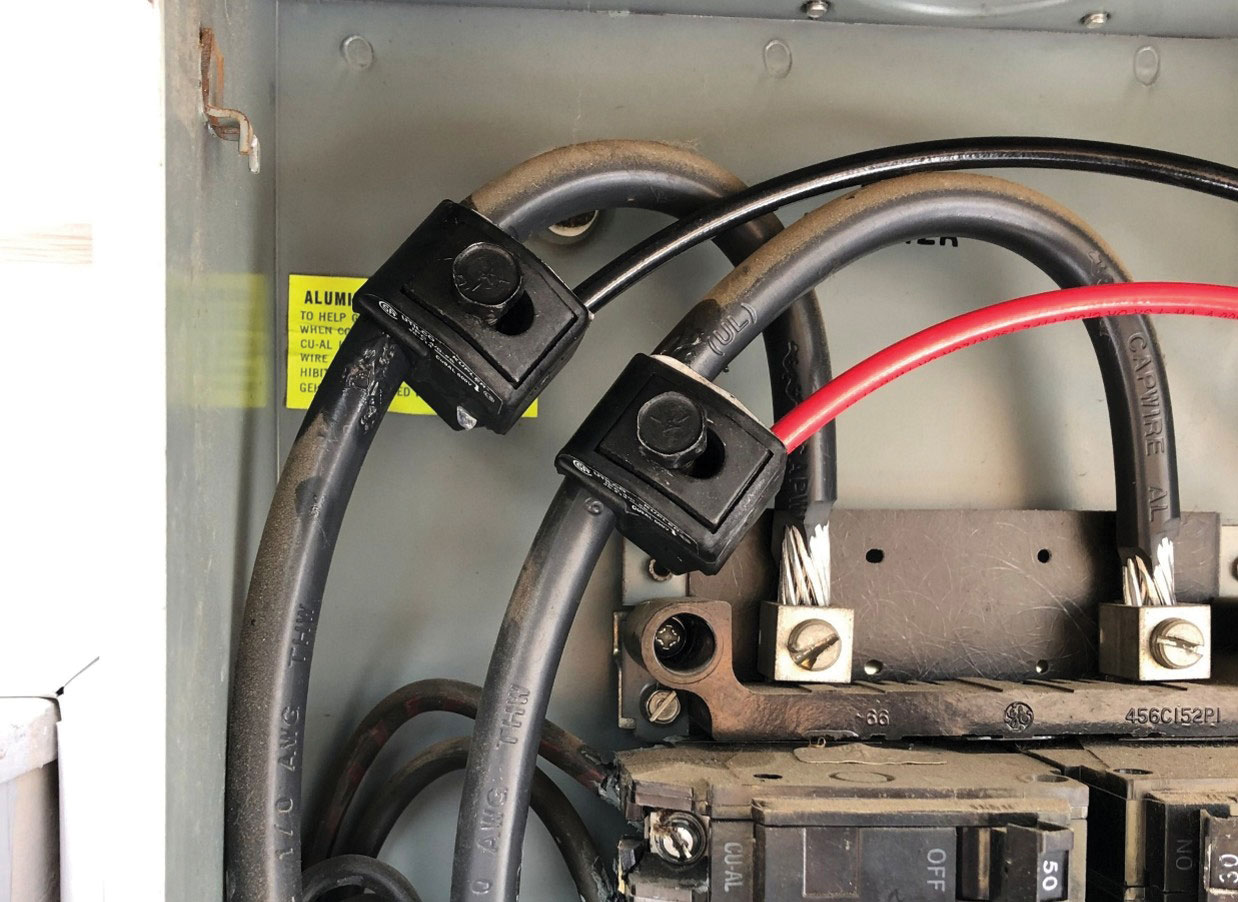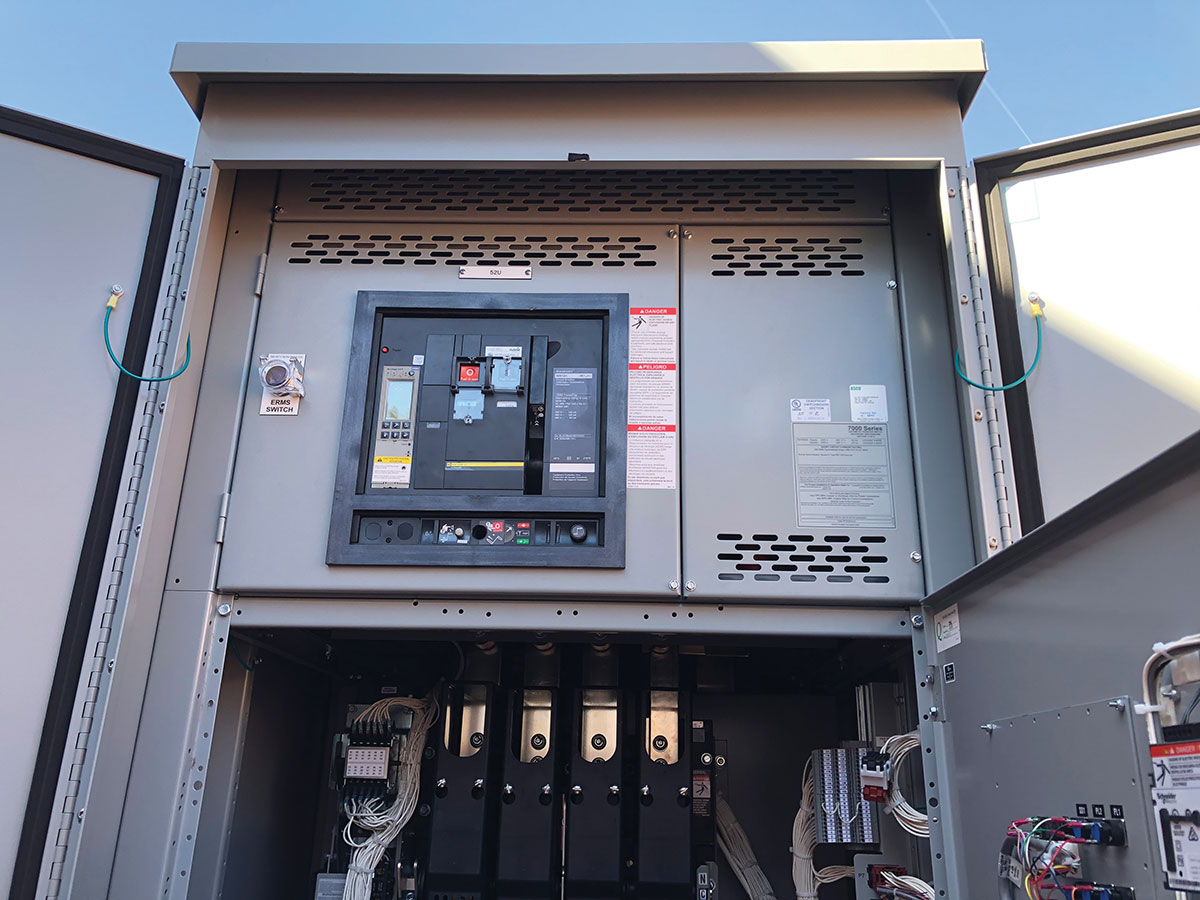In the article titled, “Overhead Line Design From Scratch — Part 1″ in the March/April 1998 issue of IAEI News, I discussed aerial conductor choice based upon steady-state ampacity, maximum operating temperature, and the sag/tension characteristics of the conductor at the maximum operating temperature. During the operation of the line, if we allow the conductor temperature to exceed the maximum operating temperature used to design the line, the conductor clearances may violate the National Electrical Safety Code (NESC) minimums and the conductor can be permanently damaged. This damage is loss of strength due to annealing of the conductor. Depending upon how closely the line is designed to the NESC maximum conductor tensions, conductor loss of strength can also violate the strength requirements of the NESC. So, why would anyone intentionally exceed the design maximum operating temperature?
What Is She Good For?
The people who operate electric supply systems work very hard to keep customers in service and to restore service quickly during emergency conditions like extreme weather conditions, storms, and motor vehicle accidents. To do this, they often attempt to get customers back in service by serving them from alternative sources. The alternative sources are usually other circuits that normally serve some customers and in a pinch are called upon to serve even more customers. In preparation for switching customers to alternative sources, the operating people often want to know “how much is she good for?” By comparing the weather conditions assumed in calculating the ampacity of a line to the actual weather conditions present during the emergency, the operating people can usually get a good idea how much current the line can handle without exceeding the design maximum operating temperature. IEEE Standard 738-1993 is one source that can be utilized to determine the ampacity of bare conductors from the conductor properties and weather conditions. The use of this standard is discussed in my November/December 1999 IAEI News article titled, “How Hot Is That Wire?” However, this is often not the answer for which they are looking. They want to know the emergency rating of the line. What do they mean by emergency?
Emergency Rating
Since most utilities design their systems with some safety factor so that their conductor tensions are well below the NESC maximum tensions and their conductor clearances are well above the NESC minimum clearances, there may be some slop that they can take advantage of during emergency conditions. The question is how much loss of strength and how much additional sag can we live with and still comply with the NESC?
There are three conductor tension limits specified by the NESC in Rule 261H: the initial tension under the ice, wind and temperature loading conditions specified in Rule 250B shall not exceed 60 percent of the rated breaking strength; the initial unloaded tension at 60°F shall not exceed 35 percent of the rated breaking strength; and the final unloaded tension at 60°F shall not exceed 25 percent of the rated breaking strength. To throw some safety factor into their design, some utilities design their conductor tensions by limiting the initial tension under the ice, wind, and temperature conditions of Rule 250B to 50 percent of rated breaking strength, initial unloaded tension of 35 percent at 0°F, and final unloaded tension of 25 percent at 0°F. When designing with 477 AAC “COSMOS,” these safety factor conditions result in tensions from 16 to 50 percent below NESC maximum tensions depending upon the span lengths. In this example, a 10 percent loss of conductor strength would not violate the strength requirements of the NESC. One source of information on conductor loss of strength due to operation at elevated temperatures is the “Aluminum Electrical Conductor Handbook,” 1989 edition, starting on page 6-10. For example, 1350-H19 aluminum alloy conductors will experience a 10 percent loss of strength if operated at 125°C (257°F) for about 270 hours. The damage is cumulative. If the design life of the line is thirty years and the limit of strength loss is 10 percent, then the conductor can only be operated at the 125°C for nine hours each year. Operating the same conductor at 100°C for 450 hours has the same effect.
In various IAEI News articles over the past five years, I have suggested increasing all vertical clearances by two feet and all horizontal clearances by one foot to allow for conditions like sinking and leaning poles and minor grade level changes and still comply with the NESC.
Utilities who design their facilities with this type of safety factor may be able to take advantage of the additional slop by operating their conductors at higher temperatures during emergency conditions. The final sag of a 300 foot span of 477 AAC “”COSMOS”” at 125°F is only one foot greater than the sag at 100°F. Once we decide what maximum operating temperature we will allow during emergency conditions, we can go back to IEEE Standard 738 and calculate the emergency ampacity rating.
If you have general questions about the NESC®, please call me at 302-454-4910 or e-mail me atdave.young@conectiv.com.
National Electrical Safety Code and NESC are registered trademarks of the Institute of Electrical and Electronic Engineers (IEEE).














Find Us on Socials